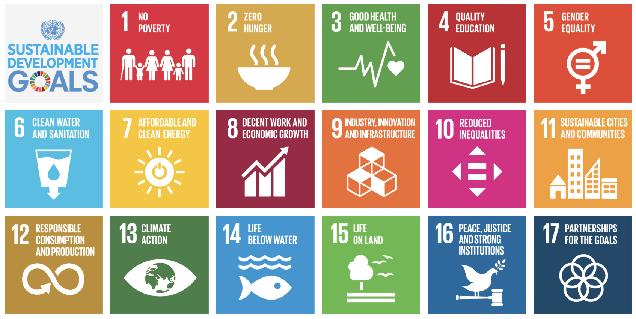
1 minute read
I. Introduction
Mango is a contemporary, Mediterranean styled brand that was founded in 1984 in Barcelona, Spain. It has since expanded its Womenswear to include Men’s, Kids, and Plus Size collections (Mango, n.d.). Mango currently has a “Committed” line which features pieces responsible with environmental sustainability, reducing the impact on the environment. This collection is part of their “Take Action” program which is directed to improve processes and the work environment. Mango’s goal is to have 50% of the cotton used to be from sustainable origins by 2022 (Mango, 2017). In addition, it is said that this collection was created in nearby countries of Spain, Turkey, and Morocco to reduce emissions, however during an instore competitive shop some of the pieces were made in Bangladesh and Pakistan (See Appendix 1.1). Despite all of these eforts, Mango’s overall transparency score is 18% with a traceability score of 0%, according to the Fashion Revolution Transparency Index (See Figure 1.1).
Figure 1.1: Fashion Revolution Transparency Index Scores (Fashion Revolution, 2019)
Advertisement
The United Nation’s Sustainable Development Goals are meant to improve the wellbeing of people and the environment (See Figure 1.2). Specifically Goal 12 is set to ensure sustainable consumption and production patterns. Some of the targets include recycling materials, companies publishing sustainability reports, companies implementing sustainable production patterns and efectively reporting them, and sustainable management and efcient use of natural resources (Sustainable Development Goals, n.d.). Mango’s menswear Spring/Summer 2021 collection will include 100% transparency when disclosing factories, processing facilities, raw material suppliers, and factory workers in addition to being 100% sustainable. Sourcing of the environmentally low- impact fabrics, like recycled polyester and organic cotton will be from countries that have more sustainable processes than some of Mango’s current suppliers. To relate to Goal 12, a preorder (as well as a limited amount in stores) of these items will reduce mass production and mass consumption of these products. Air-dyeing technology allows these fabrics to be dyed with rich colors that last longer without polluting water in the process (Haque, 2016). No pesticide or chemical use makes a fiber process “eco-friendly” which is why the production process must be 100% sustainable in this range (Muthu, 2018).
Figure 1.2: UN’s 17 Sustainable Goals







